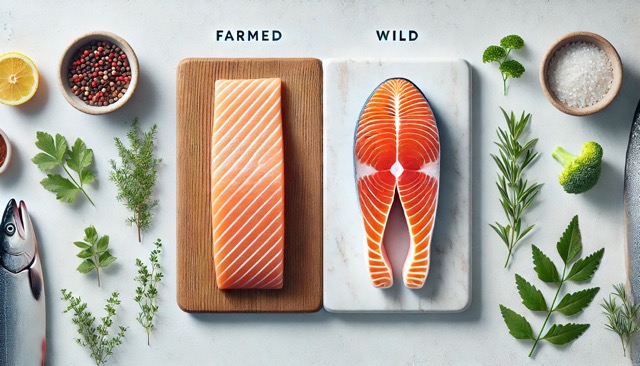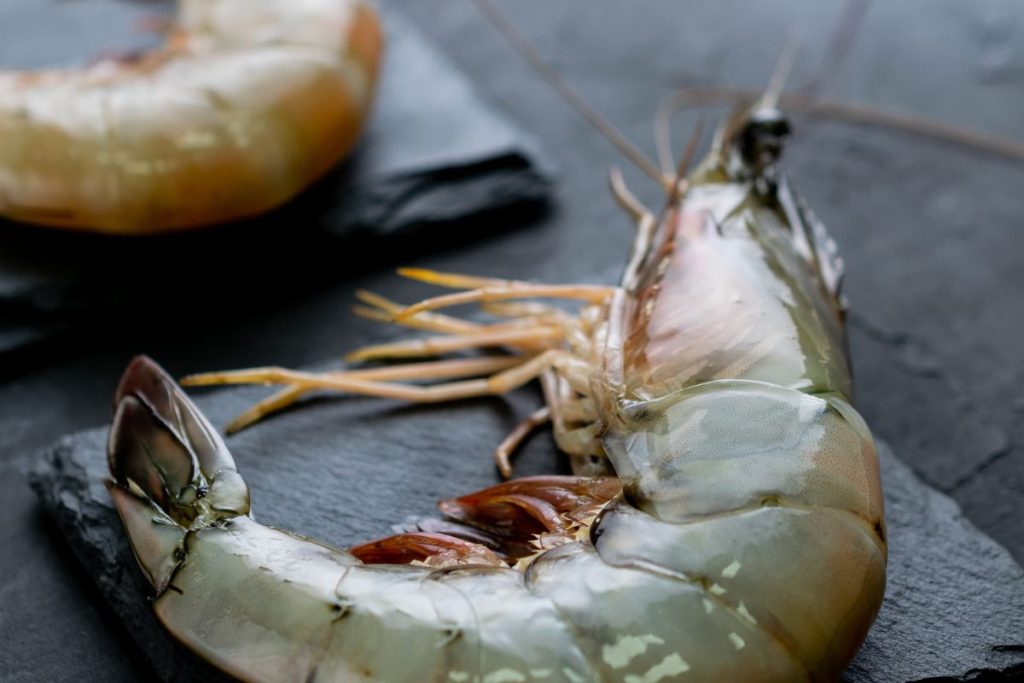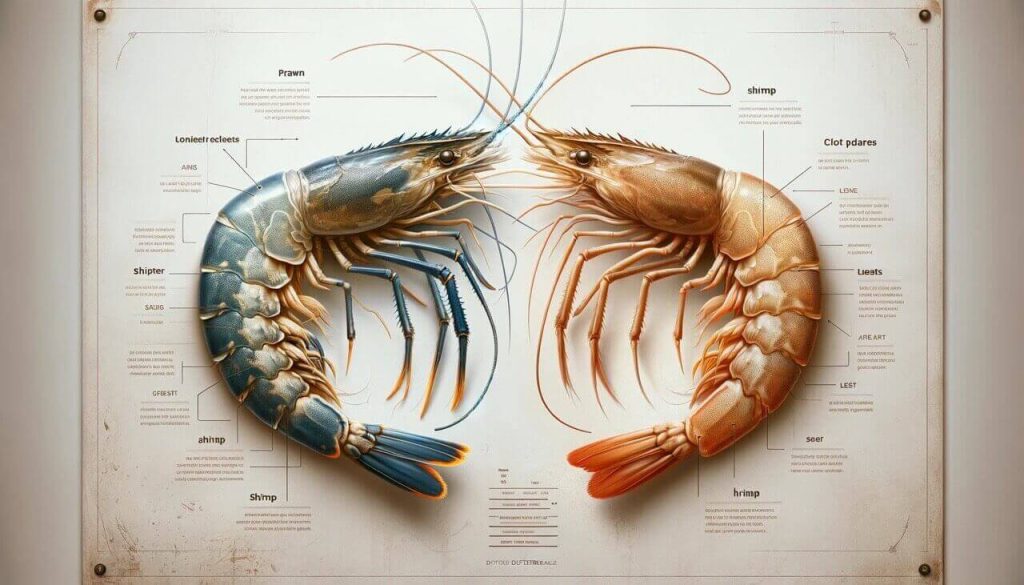Salmon is one of the most popular and widely consumed fish in the world. However, not all salmon is the same: there is a significant difference between farmed and wild salmon.
In this article, we’ll explore the characteristics of each, their flavor and texture, and how these factors influence their market availability and consumption trends. We’ll also discuss which type is more commonly found in stores and the nutritional differences between farmed and wild caught fish.
What are wild and farmed salmon?
Wild salmon grows and develops in its natural environment, such as oceans, rivers, and lakes. Throughout its life cycle, wild salmon travels long distances and feeds on a natural diet, including crustaceans and small fish.
In contrast, farmed fish like farmed salmon is raised in fish farms where its diet, growth, and environment are controlled. This method of production allows for year-round availability but introduces a series of differences in the quality and characteristics of the final product.
What does farm-raised salmon mean?
Farmed salmon is produced in specialized facilities known as fish farms, where all variables are controlled to maximize production. The lifecycle of these salmon is regulated—from their feed, which is based on pellets, to the water conditions and the space in which they are raised. This farming method responds to the high levels of global demand for salmon and makes it a more affordable option in terms of price and availability.
Types of wild Salmon
There are several species of wild salmon, each with its own unique characteristics. The most well-known are:
- Chinook King Salmon: The largest, with a rich, deep flavor and high fat content.
- Sockeye Salmon (Red): Known for its firm, bright red flesh and strong, distinctive flavor.
- Coho Salmon (Silver): Has delicate flesh and a mild taste.
- Atlantic Salmon (Salar): The only type of wild Atlantic salmon, known for its balanced flavor and smooth texture.
- Pink Salmon: The most common and smallest, with a lighter flavor.
- Chum Salmon (Dog): Has paler flesh and lower fat content, often used for canning.
Farmed vs. wild salmon: Morphological differences
The differences between farmed and wild salmon go beyond their origin and are also visible in their appearance. Wild salmon typically has a leaner and more muscular body, a result of its constant activity in a natural environment. Its flesh is a more intense color due to its natural diet rich in astaxanthin, an antioxidant found in the crustaceans that salmon eat. On the other hand, farmed salmon is generally larger and less fibrous, with a paler color, which is adjusted with added pigments in its diet.
Are there nutritional differences?
There are also significant nutritional differences. Wild salmon is generally lower in total fat and calories but contains more protein. Additionally, it has a higher concentration of minerals like zinc and iron and a more balanced ratio of healthy omega-3 to omega-6 fatty acids. In contrast, farmed salmon is richer in fat content, making it juicier, but it also contains more omega-6 fatty acids, which can be less healthy in excess. However, both types of salmon are excellent sources of omega-3 fatty acids, vitamins B and D, and protein. Making them a great choice for those looking to eat salmon for its health benefits.
Flavor and texture: Wild salmon vs farmed salmon
Flavor and texture are decisive factors for many consumers. Wild salmon has a more intense and complex flavor, with firmer flesh due to its active lifestyle in the wild. Conversely, farmed salmon has a milder, fattier taste and a more tender texture, making it ideal for those who prefer a softer fish. Both types have their appeal, depending on the preparation method you’re looking for.
Salmon in the market: Farm-raised salmon vs. wild salmon
In most markets, farmed salmon is more common and accessible due to its constant availability and lower production costs. Large supermarkets and retail chains primarily offer farmed salmon. In contrast, wild salmon, being seasonal and less abundant, is more expensive and typically found in specialty stores, gourmet markets, and high-end restaurants.
>> You might be interested in: The most commercialized types of salmon
Consumption trends: Farm-raised and wild-caught salmon
The global consumption of salmon has increased, but consumer preferences show a clear distinction. Farmed salmon leads the market due to its affordable price and year-round availability. However, there is a growing demand for more sustainable and higher-quality products, driving interest in wild salmon, especially among consumers who are conscious of the origin and environmental impact of their food. In regions like Washington State, where seafood is a staple, the preference for Pacific salmon is particularly notable.
In summary, both types of salmon offer advantages, and understanding their differences helps in making informed decisions when choosing the right salmon for each occasion. At Krustagroup, we understand the importance of offering high-quality products that meet each customer’s needs. That’s why we carefully select our products so you can enjoy the best that the sea has to offer.





